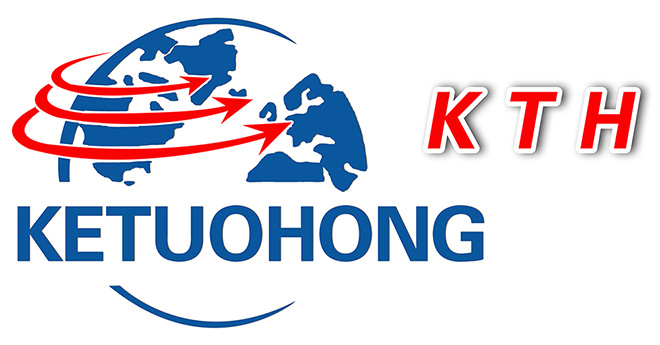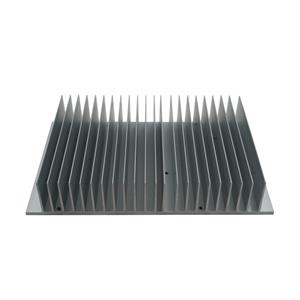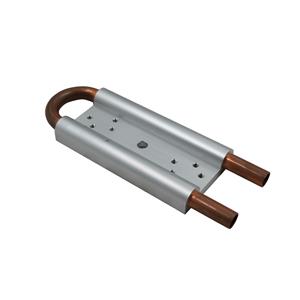Standard Aluminum Profile System Introduction

Aluminum profile systems, also known as aluminum profile systems or industrial aluminum profiles, have become an important part of modern industrial applications worldwide. These systems belong to a versatile category of aluminum materials, designed for a wide range of industrial uses, not just traditional building applications.
What are aluminum profile systems?
Industrial aluminum profiles are alloy materials primarily made of aluminum, in which aluminum ingots are heated and extruded through a die to form specific cross-sectional shapes. The mechanical properties and applications of these profiles vary considerably depending on the alloy composition added to the base aluminum. These systems are also known as industrial aluminum extrusion materials or industrial aluminum alloy profiles.
The basic manufacturing process involves hot melting and extrusion, where aluminum ingots are extruded through specially designed dies to form continuous, precisely shaped profiles. This process offers great design flexibility, capable of meeting virtually any cross-sectional shape required for a variety of specific applications.
Key Features and Benefits:
Aluminum profiles offer numerous significant advantages that make them particularly prominent in industrial applications.
• Excellent Surface Properties: After anodizing, aluminum profiles exhibit an attractive appearance, excellent corrosion resistance, and ease of cleaning. The oxidized surface resists dirt and is easily wiped clean when soiled.
• Modular design flexibility: These systems utilize a compatible connector system design, allowing for tool-free assembly and disassembly without soldering. This modular approach enables rapid modification and repair.
• Lightweight and portable: Aluminum profiles combine high strength with lightweight properties, facilitating transportation and installation. This makes them ideal for applications requiring mobility or frequent reconfiguration.
• Environmental sustainability: The weldless assembly method and the fully recyclable nature of aluminum make these systems an environmentally friendly option. This material can be repeatedly recycled without losing its key performance characteristics.
Classification and Specifications of Aluminum Profile:
Aluminum profile systems are classified according to different standardization systems, mainly based on the Chinese national standard (GB) and the European standard. The main difference between these standards lies in the groove design of the profiles. The European standard adopts trapezoidal grooves, while the Chinese standard uses rectangular grooves.




